Asian Trope-a-Day
Aster Fialla
A series of posts examining Asian stereotypes in media. This was gonna be one per day of May 2021, but now I'm taking my time with it - see the update here link.
Sparked by the Day Spa shootings in March 2021, conversations about 'Asian Hate', aka anti-Asian discrimination, have become more prominent in the American consciousness. However, a lot of this conversation on non-Asian folks' end has stopped at 'raising awareness' via sharing articles and links to charities.
But Stopping Asian Hate requires more than that. To truly fight racism, you need to be deconstructing racist structures in the world and in your mind, then replacing them with something better. It's constant work, and you need to be honest with yourself about your current biases so you can address them.
The stories we're told and the tropes they use are highly influential in ingraining racial biases in people. The word trope is defined on tvtropes.org as "a storytelling shorthand for a concept that the audience will recognize and understand instantly (…) a plot trick, a setup, a narrative structure, a character type, a linguistic idiom…you know it when you see it."
In this series, I will go over specific biases demonstrated in media tropes depicting Asia and Asian folks (focusing predominately on East Asia, as I'm East Asian). Many are obviously othering, like Yellowface (ex: the cab driver in Breakfast at Tiffany's), but many are relatively subtle, like the Asian Airhead (ex: London Tipton in The Suite Life of Zack and Cody). Tropes describe trends that appear across many stories; while a single story's depiction might only be slightly problematic, multiple stories with a similar depiction can form an ultimately racist trope.
I will break down the series into four topics, one per week. Each Sunday, I will break down the current week's topic; in the following six days, I will give tropes that are manifestations of that topic. Please note that Asian discrimination is complex; a single trope will likely be a manifestation of several different topics, but one might fit better than others.
The four topics you can look forward to are:
- May 2: Orientalism
- May 9: Yellow Peril
- May 16: Sexual tropes
- May 23: Perpetual Foreigner
Orientalism as an oppressive tool (as opposed to simply an area of academic study, or any depiction of Asian countries) was most prominently defined in Edward Said's book, Orientalism, in 1978. In a nutshell, it is “the way that the West perceives of — and thereby defines — the East".
The East, also called the Orient, is defined as anything east of Europe and Eurocentric culture, i.e. the West. This includes a lot of places, such as the Near/Middle East (aka West Asia), South Asia, and East Asia, but for this series, I'm going to be mostly focusing on East Asia, as I'm East Asian.
Little tidbit: the word for 'China' in Chinese is Zhōngguó, which translates to Middle Kingdom. Yet it's part of the Far East in Western terminology, named only for its location in relation to Europe. This is the crux of Orientalism: the East only exists as a concept created by (literal) Eurocentric thought, warped through White supremacist views of the Other. The West is defined as normal and standard, with strengths and weaknesses that are inherently human. The East is defined as deviant from that norm, with strange powers and exotic customs, inherently inhuman.
Orientalism is a broad umbrella under which a lot of anti-Asian racism falls. However, in this series, I will be specifically defining it like this:
Orientalism - Western interpretations of native Asian cultures and people as an exotic and mysterious Other.
For this week, I will be discussing tropes that are interpretations of Asia itself, including the people, cultures, and religions within it.
- May 3: The Mystical Orient
- May 4: The Depraved Orient
- May 5: Interchangeable Asian Cultures
- May 6: Yellowface
- May 7: Magical Asian
- May 8: All Asians Know Martial Arts
These tropes are what the West imagines the lands to the East to be like, and boy is it strange!
You already have a picture in your head, I'm sure. Folks standing in rice fields or with rickshaws, dragon weaving through pagodas, ancient symbolized seals, kimonos and qipaos on white-faced geishas, samurai, ninjas, conical straw hats...
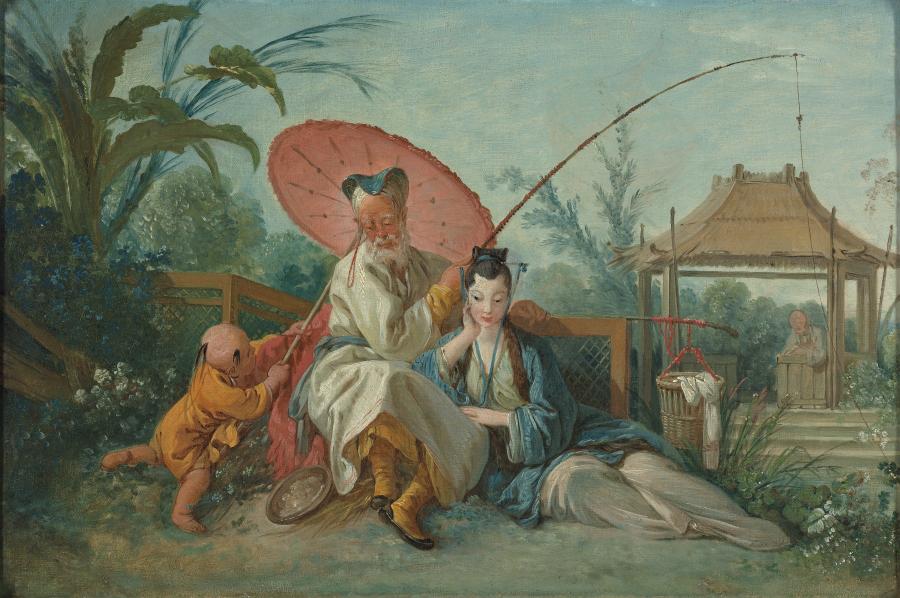
Or maybe it's another picture, dangerously steep switchbacks to a monastery hidden in fog, smiling buddha statues, snow-dusted yaks, bald monks in orange robes omming their way to glowing enlightenment...
Or maybe it's men in turbans on flying carpets and charming snakes, bangled multi-armed gods, thick jungles with elephants and tigers, women with nose rings and saris with impeccably synced dances...
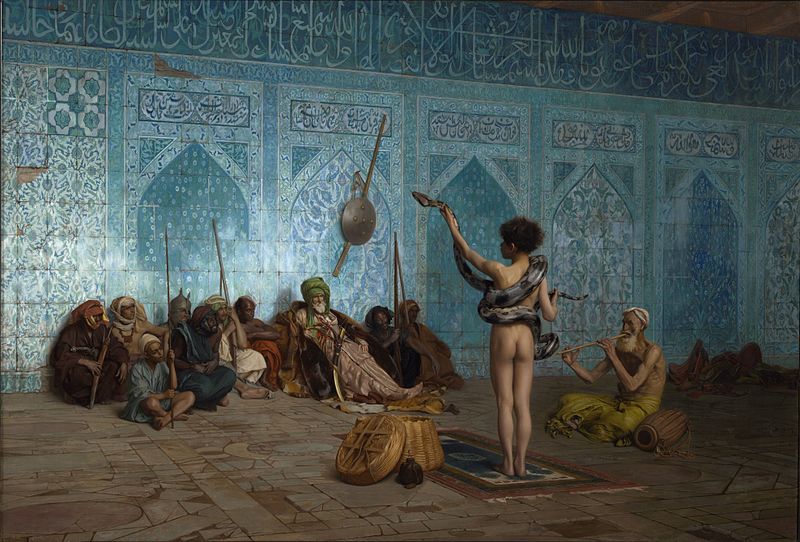
Perhaps it's even harem girls, lamp genies, labyrinthine bazaars draped in silks and wafting spices, the blinding sun and sand and, uh, also flying carpets?
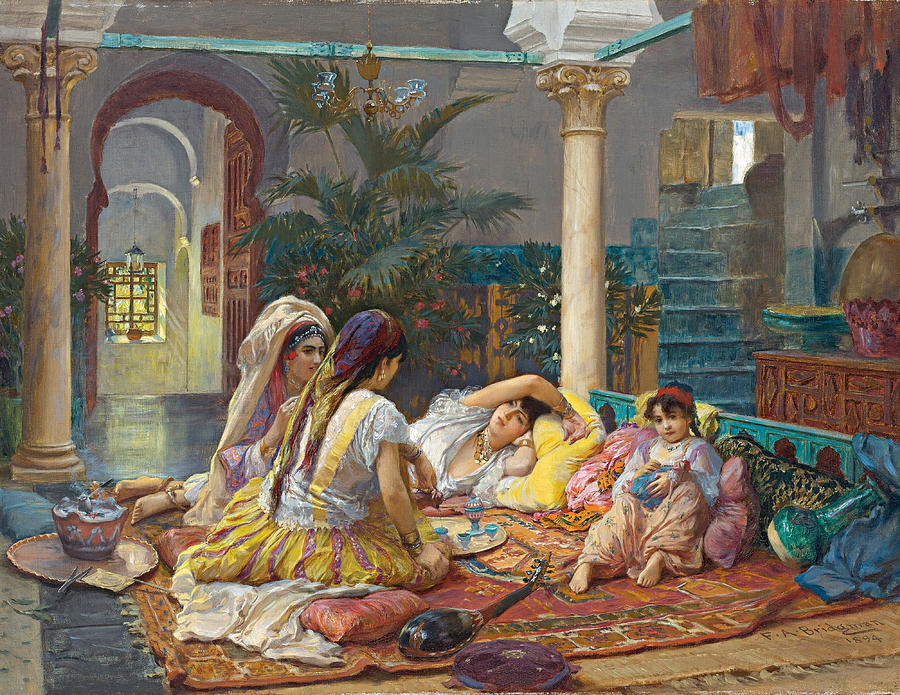
Whatever it is, it's obviously stereotypical and inaccurate, but - why is Asia depicted like this in the first place?
To make a long history overly-short: Spurred by the accounts of merchants, curiosity about their colonial outposts, and heaping piles of racial fetishization, European artists and scholars in the past several centuries became enamored with the Asia they thought they knew.
This manifested in the artistic movement of Orientalism, with specific movements like chinoiserie and Japonism, picking and choosing elements of Asian dress, art, architecture, and culture that fit European aesthetic sensibilities. While a lot of beautiful art has been created as part of these movements - for example, chinoiserie and the rococco period - they're still products of an unequal power dynamic between Western colonizers and the colonized.
This dynamic can be seen in the portrayal of Asia in contrast to the West: more decadent, less civil, more mystical, less powerful, more sexual, less moral. They also portray Asia as stuck in an archaic past, with the West firmly in the present.
And why mystical, specifically? Why is the East depicted not only inaccurately, but...magically?
While attributing mystical, fantastical powers to cultures and people might seem, well, empowering, it's actually another way the West dehumanizes and others the East. Here, the West is not only more civil, powerful, moral, in-the-present, etc; it's also post-spiritual, rational, and mature. The East is, by contrast, marked as alien - I mean, let's be realistic, actual people don't have magic woo-woo powers.
You usually (usually) don't see this trope played straight (i.e., as per usual, without acknowledgement, subversion, or deconstruction of its racism) anymore, at least when it comes to depictions of actual Asia. However, the trope has persisted in many fantasy/alternate universe stories and settings. It's just so cool and exotic you know?
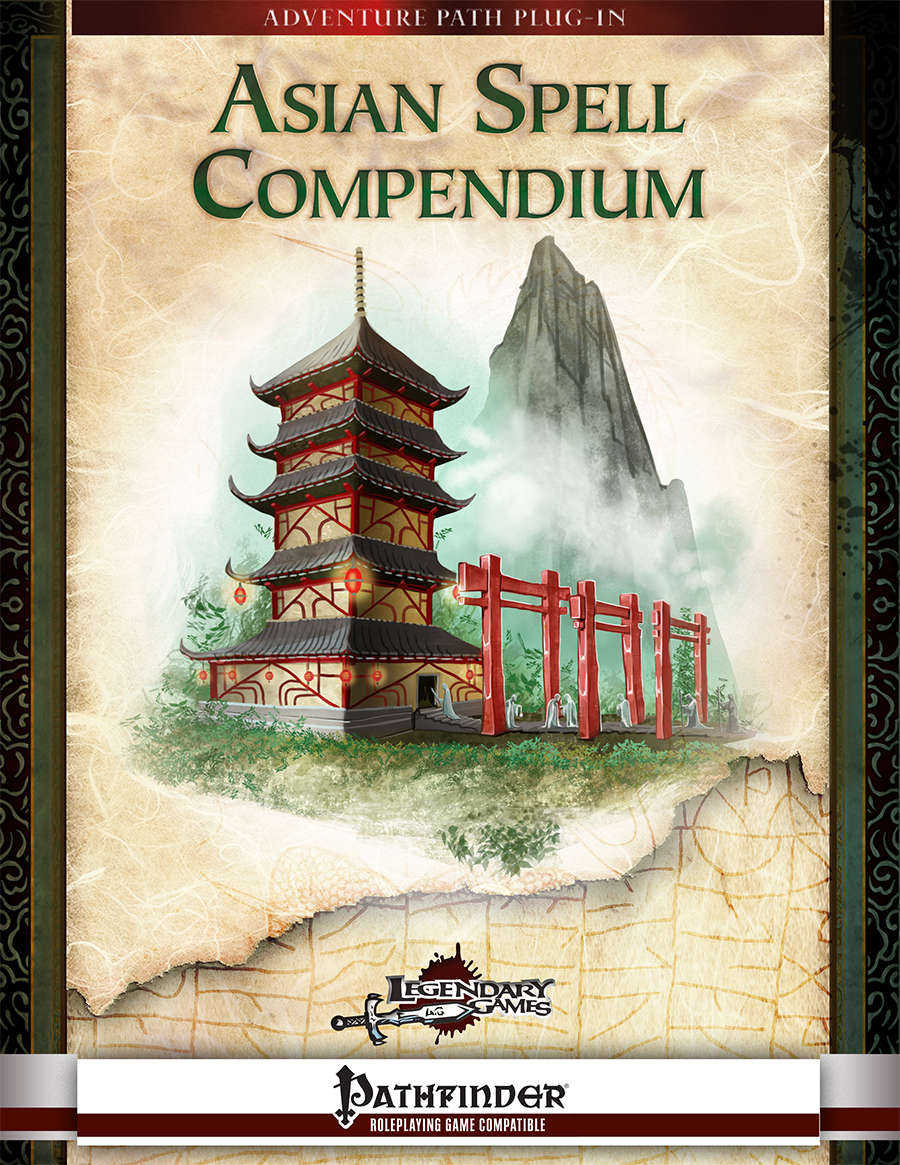
Not all portrayals of the Orient are mystical and cool, however. There are a few more...shall we say gritty takes on it.
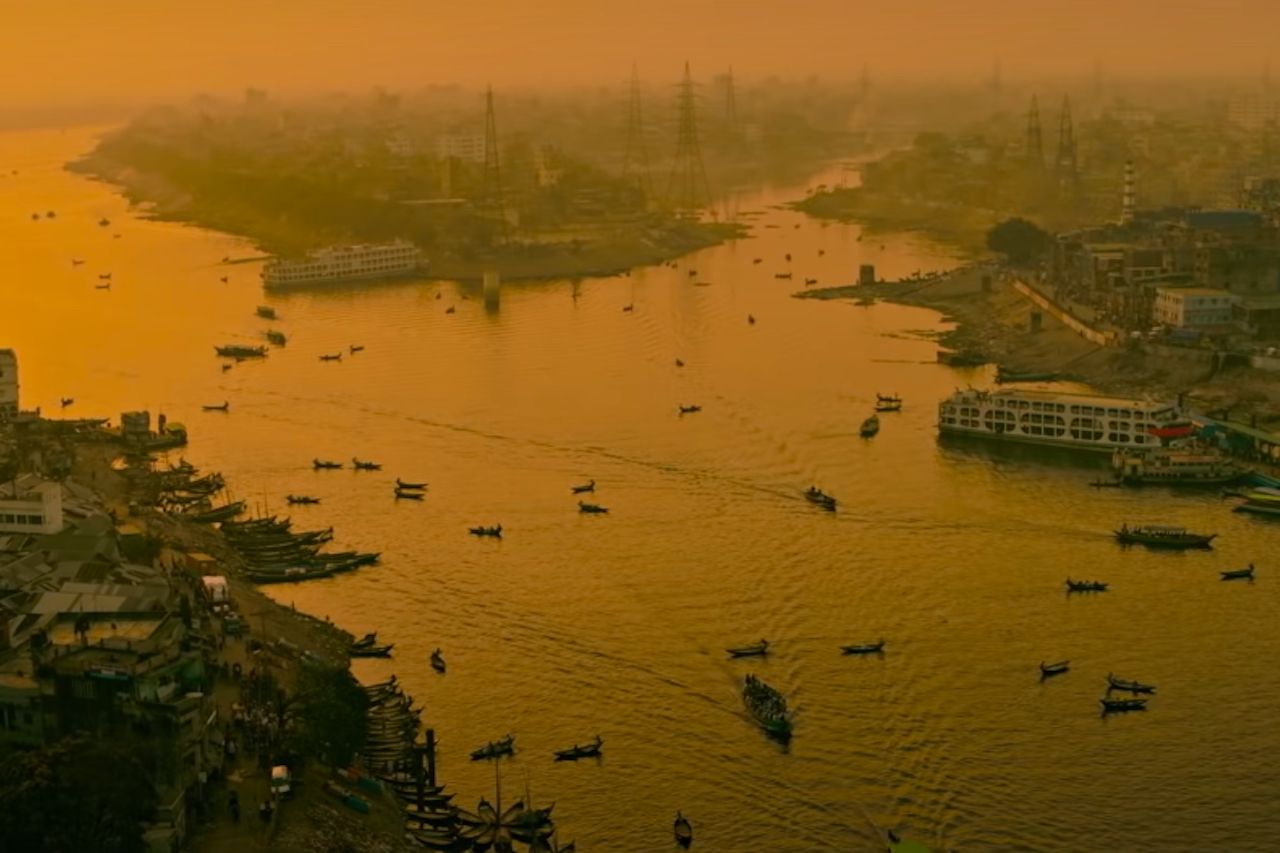
This Asia is dirty, grimy, and dangerous. The dust of the desert sand - or maybe the choking heat of the humid jungle? - infects men's hearts and makes them conniving and violent.
In these modern depictions of Southeast Asia, you will find only ramshackle huts and war-torn villages, begging prostitutes and rough-faced men who will kill you with the flick of a balisong or the pull of a trigger. These poor, overpopulated cities live in squalor and disrepair, with heartless guerilla fighters smuggling drugs and guns to a despondent populace.
In these modern depictions of West Asia (as opposed to the fantastical Arabian Nights version described in my previous post), you will find only white stone buildings with bulbous roofs in lavish cities, submissive girls with black veils and bushy-bearded men who will kill you with the swing of a scimitar or the pull of a trigger. These oil-rich, overpopulated lands live in the chains of religious law, with heartless terrorists smuggling drugs and guns to a kowtowing populace.
The West sees these portrayals as more realistic, more accurate to the terrors of the foreign East - and proof as to why the East, even in modernity, is 'naturally' subsurvient to the West. The West will assert order over the violent chaos of these strange lands, no matter whether that assertion is violent itself. Unlike the way the West gains economic, political, and military power, the East's economic, political, and military power are gained in corrupt, dangerous, and 'wrong' ways. Of course the Mighty Whitey is justified in stepping in to put an end to the savagery.
Almost never do these stories examine how these regions might've gotten this way - I mean, who's been supplying those guns in the first place? Whose wars ravaged those countries? Who's buying all the drugs and oil...?
Ehh, who cares.
You might've noticed something in the last two articles, something off. When I describe pagodas, pandas, dragons, chopsticks, kimonos, and karate, you think of...China, right? No, no wait, aren't kimonos and karate from Japan? And don't other East Asian countries have chopsticks? What place are you thinking of? Korea, maybe? Mongolia? No?
Asia is not a country. It is a continent of 48 countries and multiple other territories, ~4.65 billion people, and ~2,600 languages. In East Asia alone, there are ~1.68 billion people - that is, ~1,682,711,113 people and ~21.53% of the world's population as of today, May 5th, 2021 (the entirety of Europe and the Americas make up ~22.93% of the world population) [link to source].
Despite this, in Western media and thought, all these various cultures, languages, traditions, and people get...blurred. Mixed into a slurry of exoticism and faceless conformity. Take the memorable parts, and mush the rest into nothingness.
London (8mil) gets Big Ben, Paris (2mil) gets the Eiffel tower, Venice (55k) gets its waterways and the description, "undoubtedly the most beautiful city built by man" by the New York Times. Now, quick, how about the most memorable landmark in the city of Fuzhou (8mil)?
...
See, here's the secret. For the West, Asia isn't actually Asia. It's a mirror.
What do I mean by that? The West uses Asia as a tool to reflect the West. If the East is all the same in its deficiencies, then that makes Western countries all the more unique in their strengths. And let's be clear: ignorance or poor education aren't the culprit here, and thorough research doesn't stop it. Even if you did happen to know the biggest landmark in Fuzhou off the top of your head (which I personally don't, and I was born there), Western indoctrination will tell you that it doesn't matter, not in comparison to that neo-gothic old clock. The erasure, the blending, the objectifying, the forgetting: they're all serving their intended purpose, which is to preserve and maintain Western superiority.
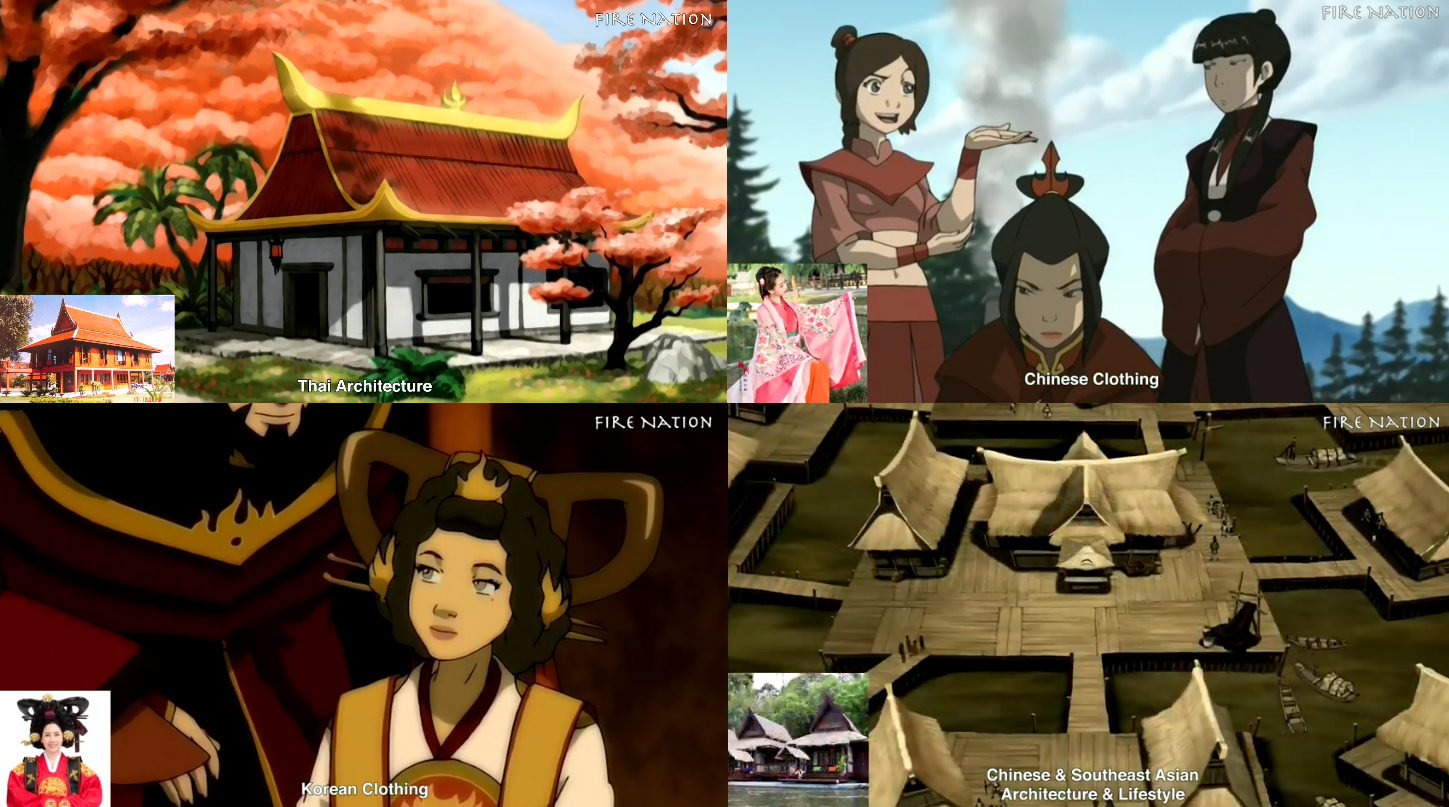
Yellowface is white actors performing as East Asian characters. This may involve: applying makeup with a yellow tint, taping one's eyes to pull them into the iconic "almond" shape, and not pronouncing the letters 'r' or 'l' vely werr.
But, of course, it's more than that.
Yellowface is mockery, parody, and exaggeration. It's distancing white Western folks from Asian people, sharpening the contrasts between normal, average people and yellow bucktoothed creatures that can't see through their own eyes and can't pronounce basic letters.
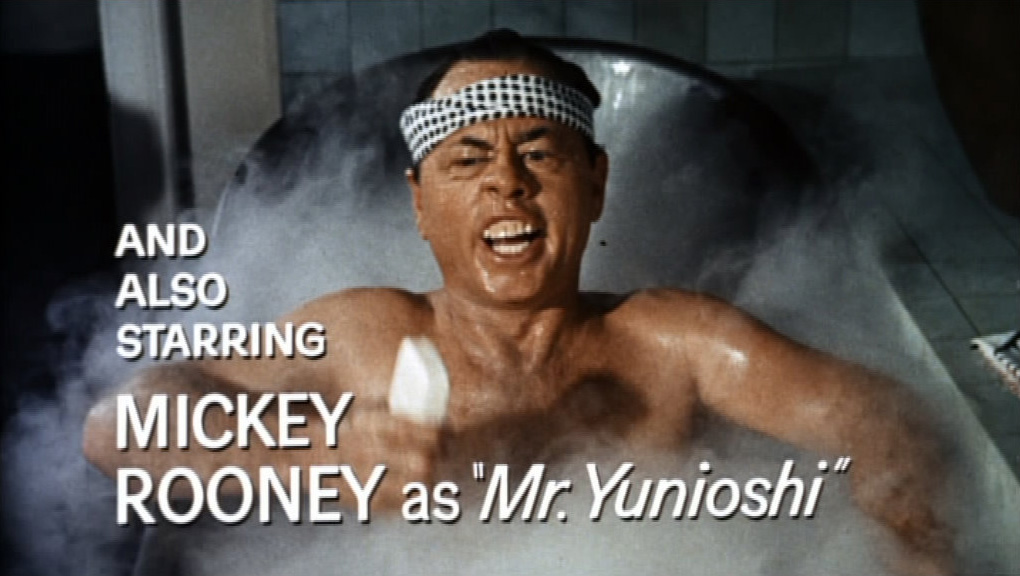
"But wait!" some may think have argued multiple times. "There's a bunch of examples where it's not that ridiculous, just a more subtle way to realistically depict Asian features. It's not meant to insult in those cases, so is it still Yellowface?"
If you think about it for more than two seconds, it's incredibly obvious that the best way to "realistically depict Asian features" is to hire some actual Asian actors with those actual Asian features on their actual faces, instead of using eye tape. But again and again, movies and shows have emphasized that realism is not what they're going for.
Wouldn't you find it insulting if you pitched an original idea to some producers, and they decided you weren't good enough to play your own character? That's literally what happened to Bruce Lee when he went to Warner Bros. and pitched The Warrior, a series about a martial artist travelling overseas to the Old West. In a cross-our-hearts-and-hope-to-die coincidence, Warner Bros. released Kung Fu a year later, a series about a martial artist travelling overseas to the Old West, starring David Carradine in yellowface.
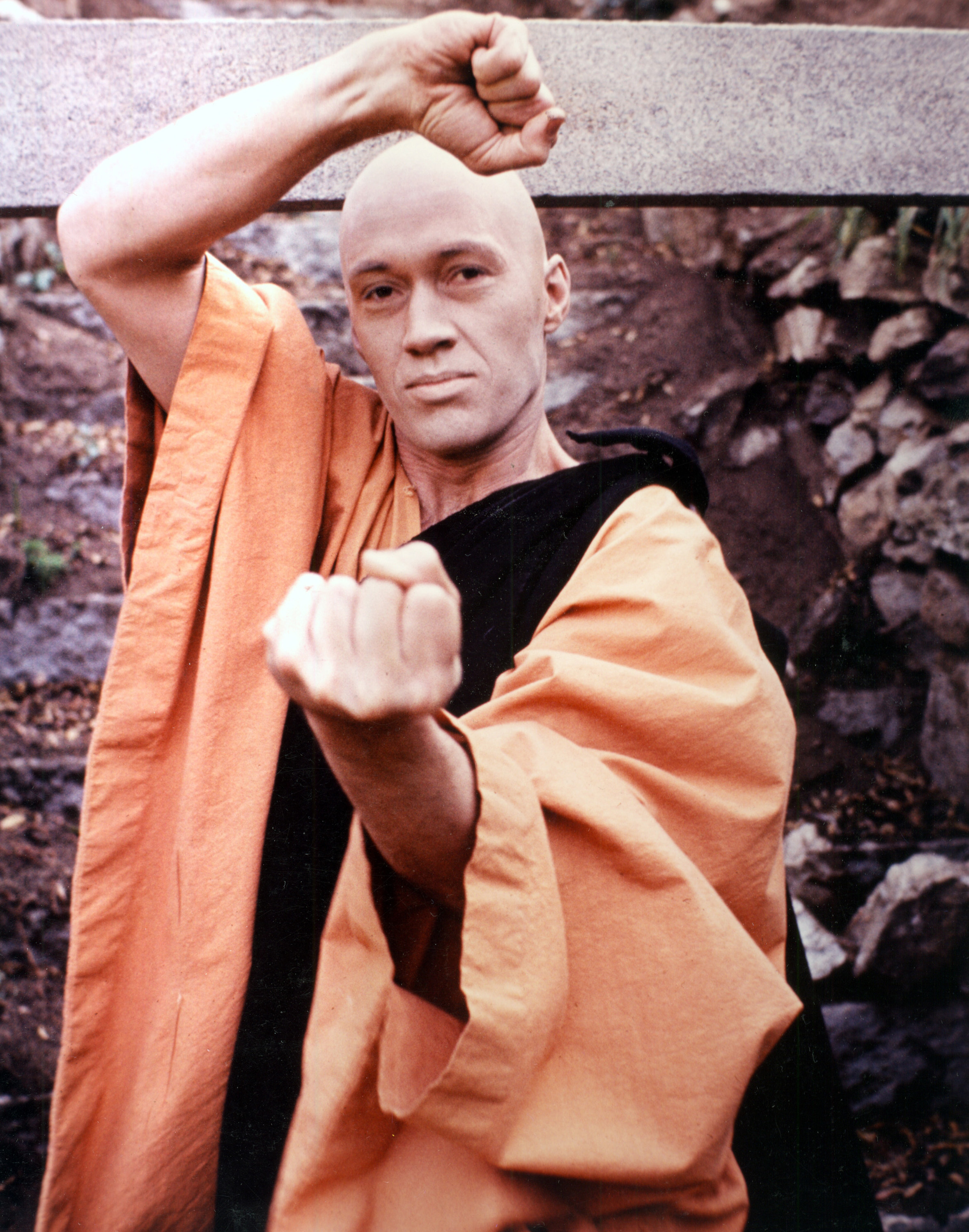
Even stories explicitly set in East Asia, or originally created by East Asians, get the yellowface treatment. In fact, they seem more likely to have their leads replaced by white people, because of "marketability". While many people cite the anti-miscegenation rules of the 1930s Hays Code as reason for yellowface portrayals, those rules were repealed in 1956. The truth is, this shit was happening long before the Hays Code, and is still happening now.
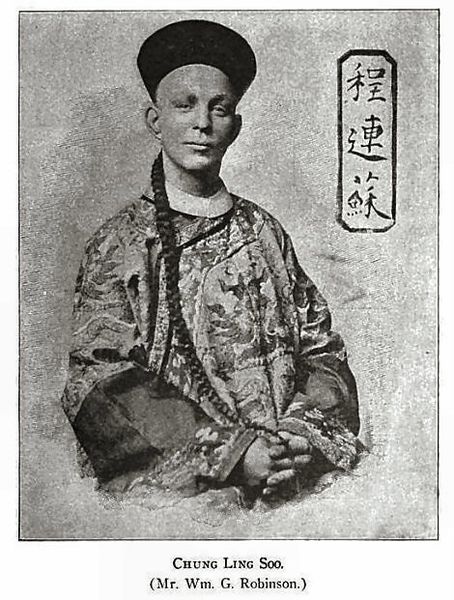
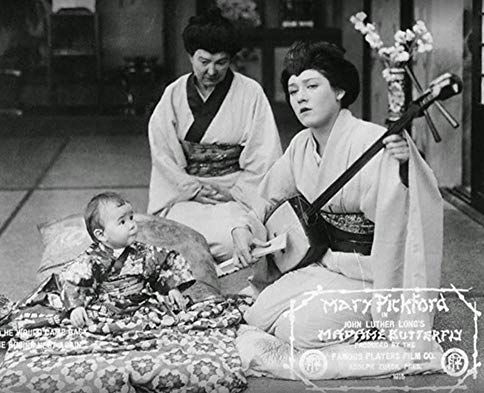
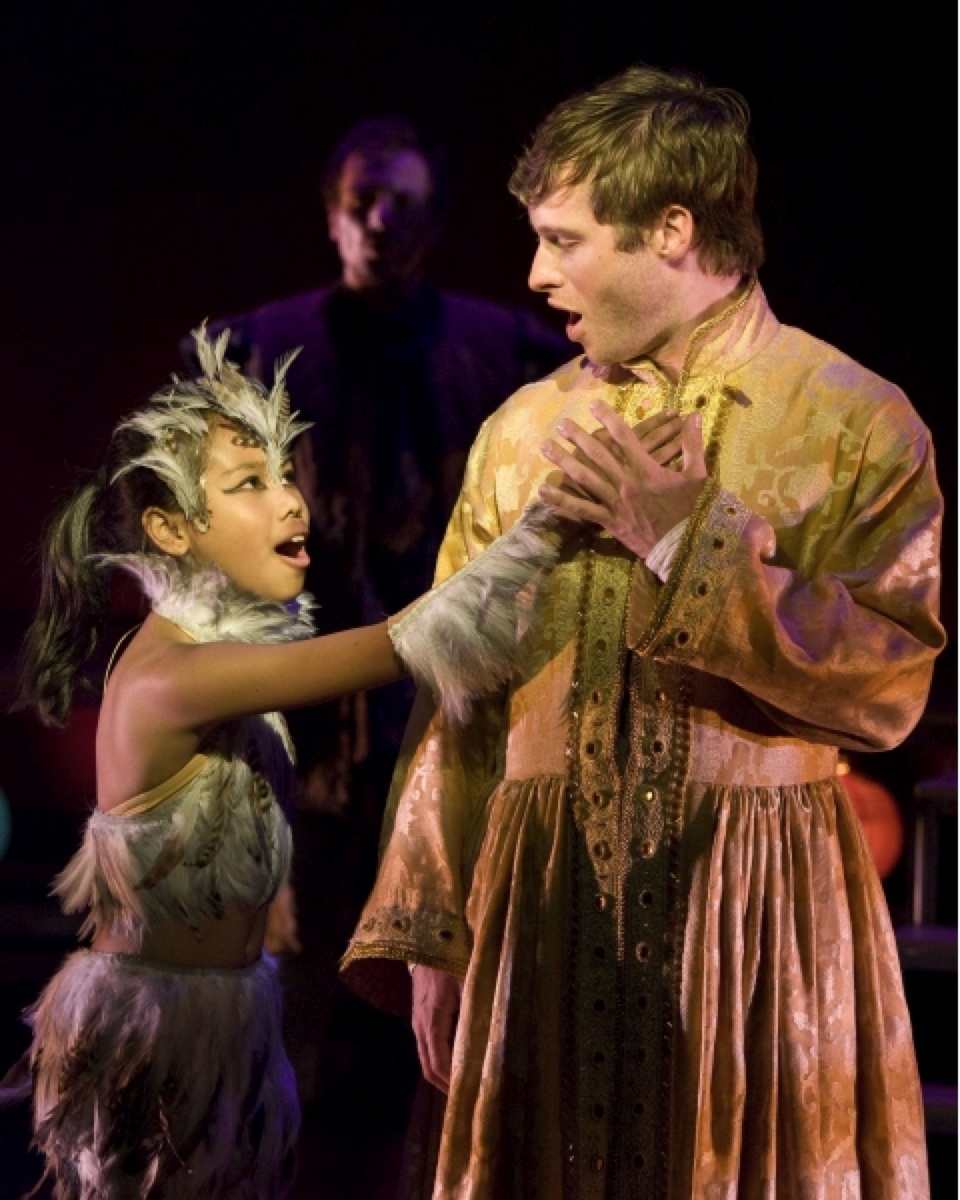

The real reason? For the West, white people play better, more appealing, more "true" Asians than actual Asians - because remember, the West uses the East as a mirror to gaze at itself.
The Magical Asian is a character who exists to impart mystical Asian wisdom and abilities on protagonists. He might be a practitioner of obscure Chinese medicine, a wizened sage of an enigmatic religion, or maybe even a warrior of a deadly martial art.
...Actually, he definitely knows deadly martial arts.
The Magical Asian doesn't usually cast flashy spells or float in mid-air to demonstrate his magic. He may, in fact, insist that his abilities were gained through meditation, study of ancient scrolls, and the discipline to punch ironwood trees with his bare hands 5,000 times (this is good incentive for the protagonist to put up with the demeaning training he puts them through).
However, these abilities, such as catching a fly with chopsticks (The Karate Kid), curing a horrible illness with a single well-placed stab of an acupuncture needle, or one-foot balancing on a bamboo pole buffeted by high speed winds, are usually portrayed as fantastical, exotic, and impossible even in-universe. They are tantamount to magic.
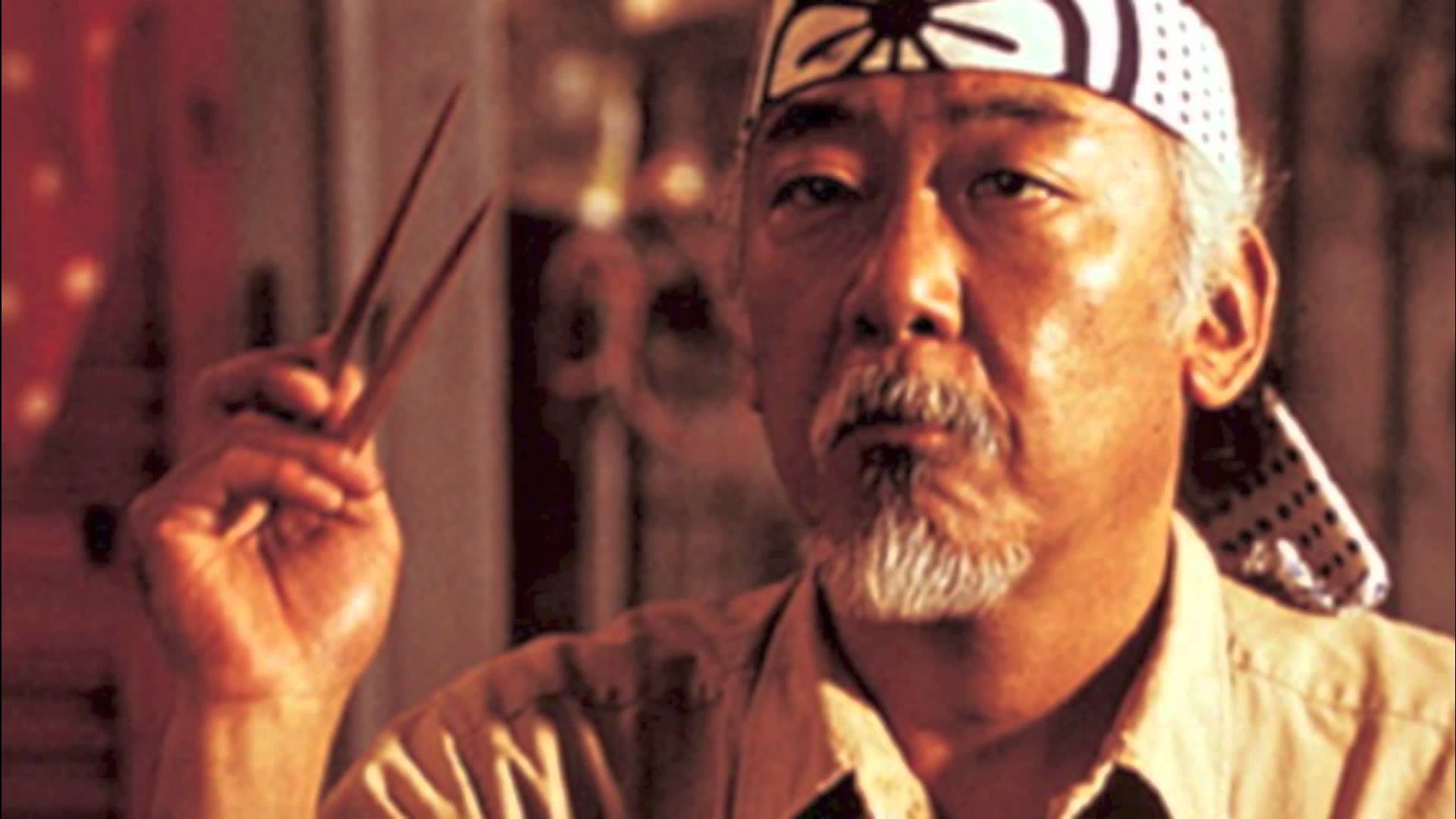
The Magical Asian never exists as the protagonist of a series; he only imparts obtuse wisdom and skills to the protagonist, who may or may not take it to heart. In fact, he might not even be more than a background note to explain the protagonist's superhuman abilities (Batman Begins). When he does appear, he's conspicuously Asian in a 'traditional' way: wearing a gi or kimono; speaking in koans with an Asian accent; sporting a long thin mustache and beard; doing Asian activities like mahjong, bonsai cutting, meditating, and tea drinking; or all of the above.
He is often cranky, even cruel, which can be an easy source of friction between the young protagonist and their weird old master. Bear in mind that the protagonist doesn't have to be white; young, assimilated Asian protagonists can grate against their Magical Asian mentor's traditional ways too (American Dragon: Jake Long). Regardless, he exists in contrast to the protagonist, the backward to their forward, the strange to their normal.
As I've said before, granting an entire demographic mystical powers isn't actually flattering, but othering. This trope also plays into the interchangeability of Asians; in many stories, it's heavily implied or outright stated that nearly everyone back East is like this guy, a single example that perfectly represents...let me check again...1.68 billion people. Or rather, what the West thinks of 1.68 billion people, because sometimes real Asian folks and actual Asian magic traditions just aren't Asian™ enough. And when real Asians don't cut it, what can you do? Wait, I know!
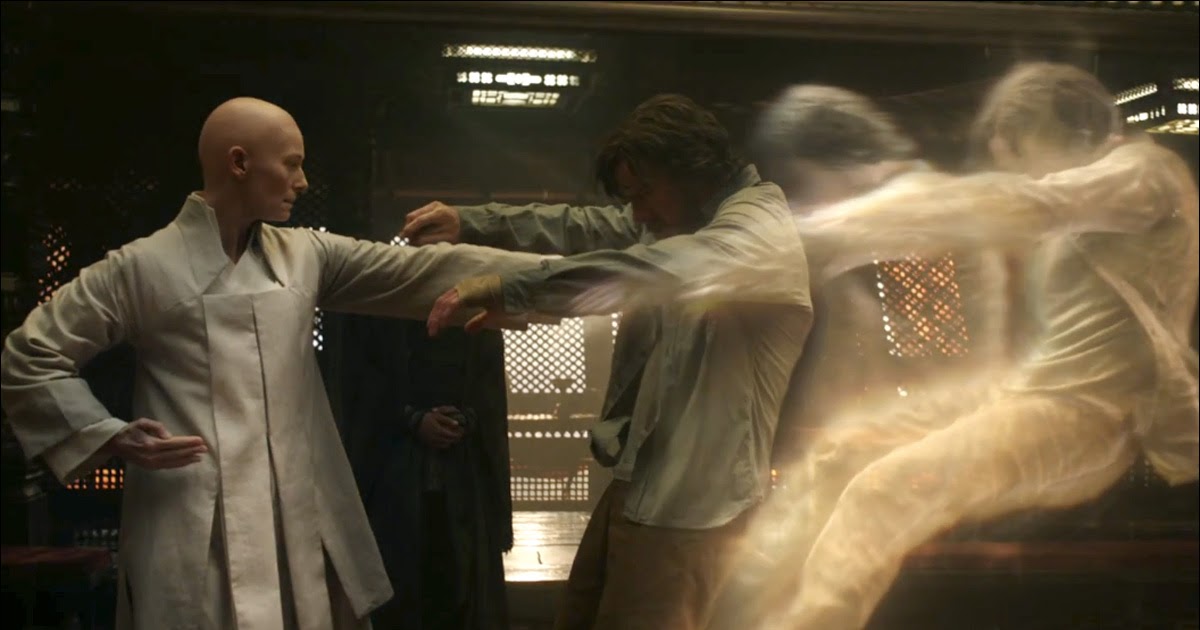
The Magical Asian is the the Mystical Orient packaged and shipped to a protagonist near you. He is a a tool to learn from first and foremost; being a person is optional.
Alright, this is a relatively simple one to break down if you've read the previous articles.
Bruce Lee, Donnie Yen, Jackie Chan, Jet Li, and others helped popularize the idea of the Asian (Chinese, specifically, but who's counting?) Martial Arts Warrior in the Western, specifically American consciousness. The martial arts craze grabbed America in the 1970s and onward; films such as Enter the Dragon and Fists of Fury became wildly popular and inspired countless spin offs. Actual Chinese studios were creating films with actual Chinese martial artists portrayed as powerful, masculine, and impressive, and the West loved it! What's so bad about that?
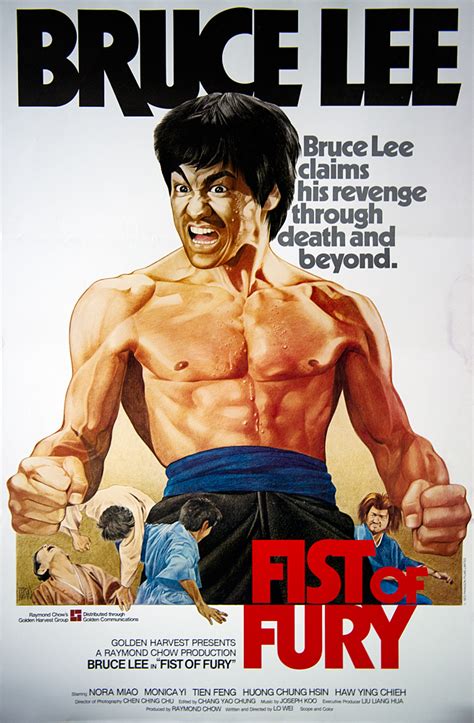
The actual source of Western fascination with martial arts was not caused by Bruce Lee and co. in the 70s, but by American soldiers coming back from occupations in Asian countries after World War II, bringing back stories and oftentimes their own learned skills in these foreign fighting styles. Many opened gyms and dojos to indulge the continued Western obsession with the East and countless others. Two of the well-known martial arts instructors popularizing these techniques in America were Robert Trias and Bruce Lee...ok, yeah, a lot of that fascination was caused by Bruce Lee (but in the 50s!).
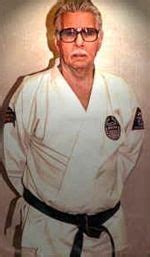
While martial arts, wuxia, and kung fu films are legitimately cultural touchstones and points of national pride in China, and martial arts in general do have a rich history in Asia, the West just can't help but take these facets and twist them to its own orientalist desires. Even these stories and shows that originated in China, when consumed by the West, serve to reinforce its perception of Asia. Come on, I'm sure you know a few of these by now:
- Asian martial arts come from a strange and mystical Orient full of exotic fighting styles and bizarre weaponry;
- Asian martial arts are something that every person in East Asia knows - whether it's the elderly convenience story lady who will kung fu kick your ass if you shoplift or the wiry, ripped young man karate chopping a hundred ninjas at once - because Asians and our cultures are interchangeable;
- These martial arts are unimaginably powerful, knocking people out with single strikes to their chi and learned from ancient, wizened magical Asians;
- and this all serves as contrast between a civilized West and a savage East, serving as a mirror to prop up the West's beliefs about itself.
To be clear, there's not a whole lot wrong with idolizing Bruce Lee and Donnie Yen and the versions of masculinity and power that these shows present. The actual problem is when they get blanket assumed to be real depictions of East Asians, instead of heightened and purposely exaggerated fiction. When I beat up my bully in 7th grade using the tae kwon do I learned from a white instructor, people nodded and said it made sense because I was Chinese (tae kwon do is Korean). Many other East Asian folks have talked about receiving comments and taunts assuming we can karate chop people's faces off or trigger their pressure points if we dare get too close. Therein lies the tension: the idea that, while inferior, Asia can, in fact, be fearsome and powerful, maybe even more powerful than the West. How can a region be powerful yet inferior, dangerous yet weak?
Good question! Check the next topic.
The first (or at least the first and most prominent) "These degenerate immigrants are taking our jobs!" sentiment in America was really toward the Irish around the 1850s. At the same time, Chinese workers, who immigrated to take advantage of the California gold rush, were relatively tolerated. These laborers worked in mines as well as laundries, restaurants, and most famously, on the trans-continental railroads. But that tolerance quickly dried up along with the gold, and anti-immigrant grumbling turned to animosity, turned to riots, and even turned to murder, such as with the Seattle Riot in 1886. Several anti-Chinese Acts were passed as this hatred grew, such as the Anti-Coolie Act of 1862, the Page act of 1875, the Chinese Exclusion Act of 1882, the Geary Act of 1892, and the Immigration acts of 1917 and 1924.
But don't be mistaken that fears of the East were exclusive to America. Around the same time, fears of China, and to a lesser extent Japan, overtaking the West were found in places like Russia, Germany, Britain, Australia, France, Belgium, and Canada - in fact, the phrase "Yellow Peril" has been reported as being coined by the German Kaiser Wilhelm II.
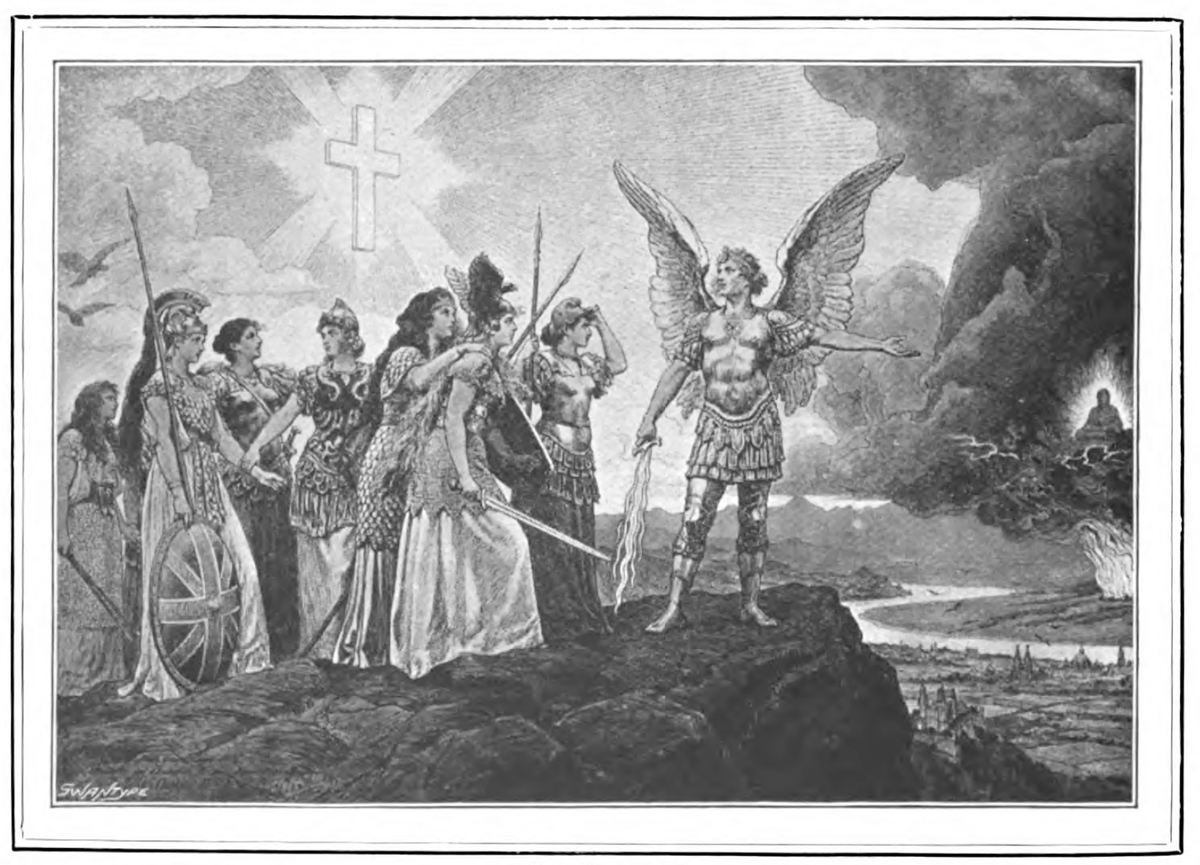
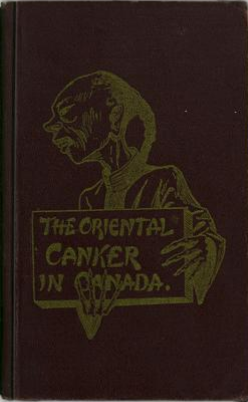
These fears were political, but also moral: Orientals, also known as "coolies", were rat-eating, opium-smoking, sexually depraved, backstabbing imps, and these moral fears justified the political fears in turn. Asians are powerful, yes, but the inferiority comes in how: sneaky, crude, poisonous, cowardly, overwhelming, and above all, inhuman.
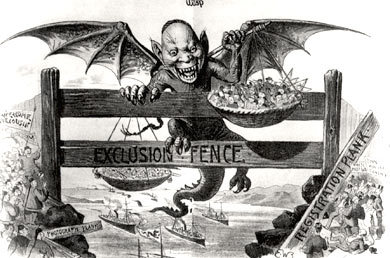
And that's the just the start of it.
In this series, I will specifically be defining Yellow Peril like this:
Western interpretations of Asian people as an alien, threatening, encroaching Other.
Look forward to these topics:
- May 10: Inscrutable Oriental
- Ching-Chong Ding-Dong
- Hordes from the East
- China/Japan takes over the world
- The Tongs/The Yakuza
- Katanas are Just Better
As you may have noticed, I've been kind of spotty with my updates. I don't think I can do a literal trope per day, it's driving me a bit mad with stress as I didn't write nearly any before the month started, and I'm trying to unpack after a big move, and I'm trying to get adjusted to my job. I do plan on finishing with the trope list I have planned, it's just gonna take longer than anticipated. Thanks for sticking with me.